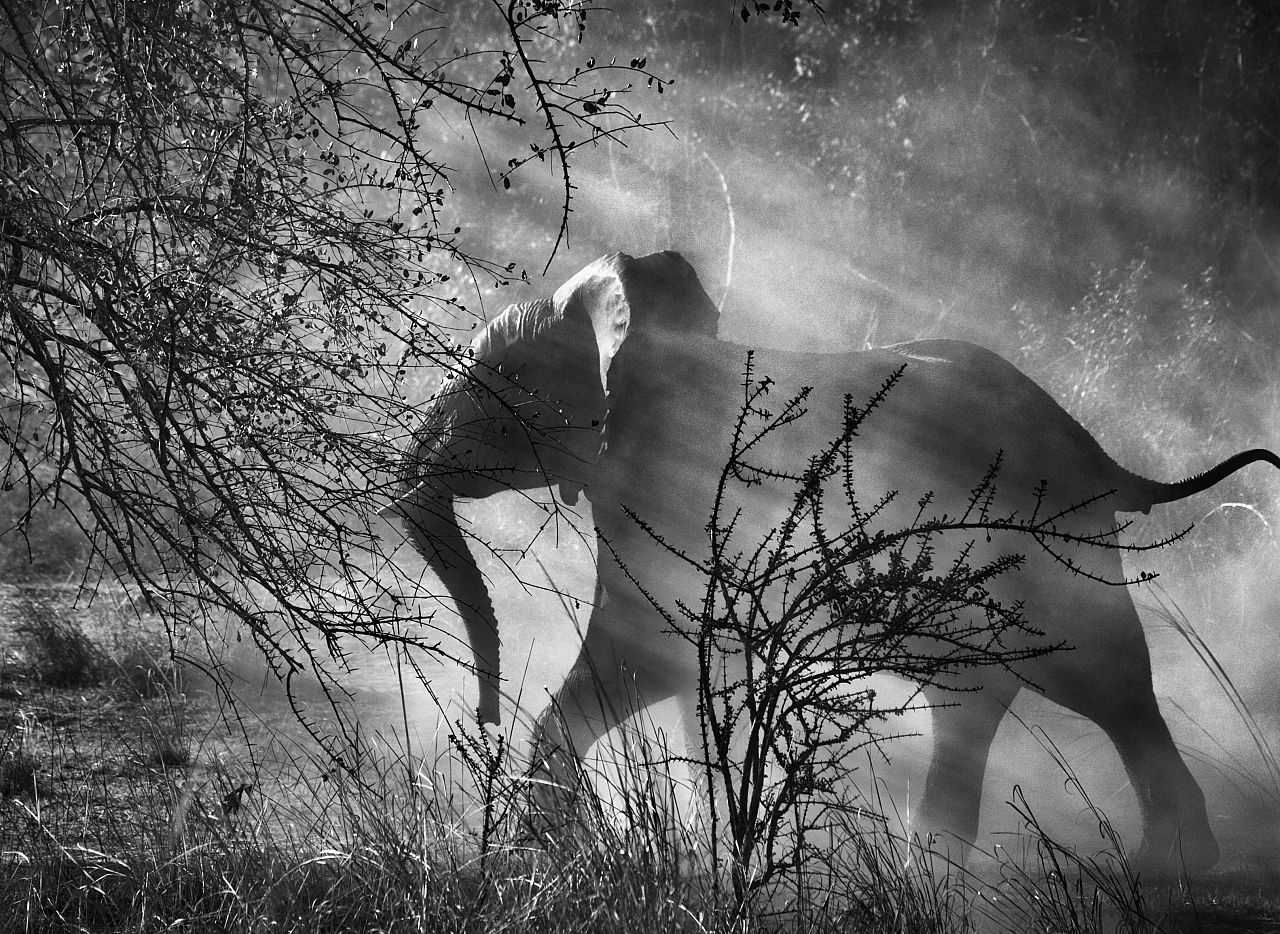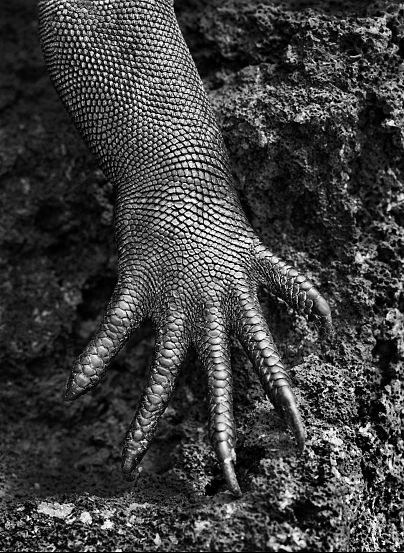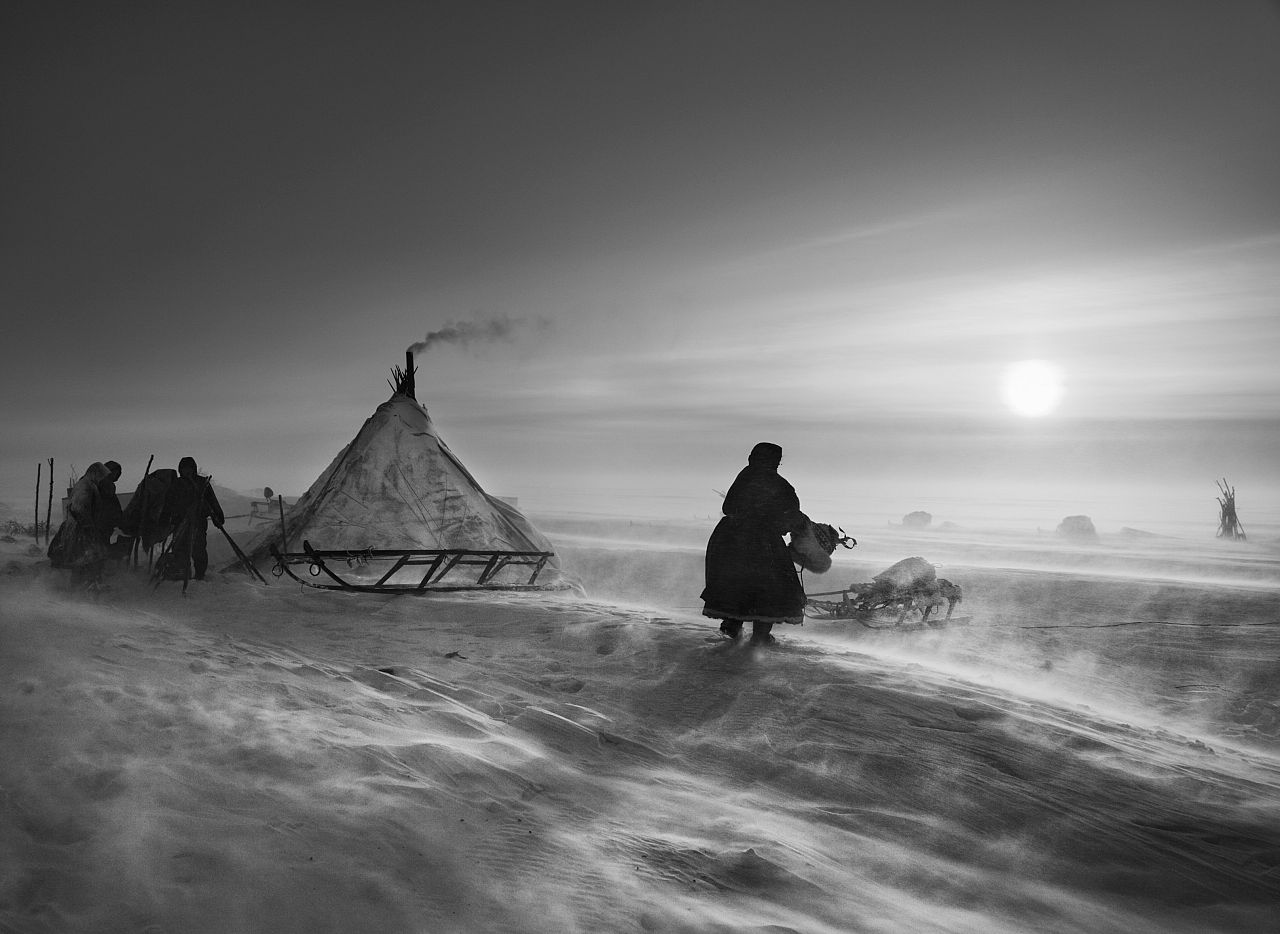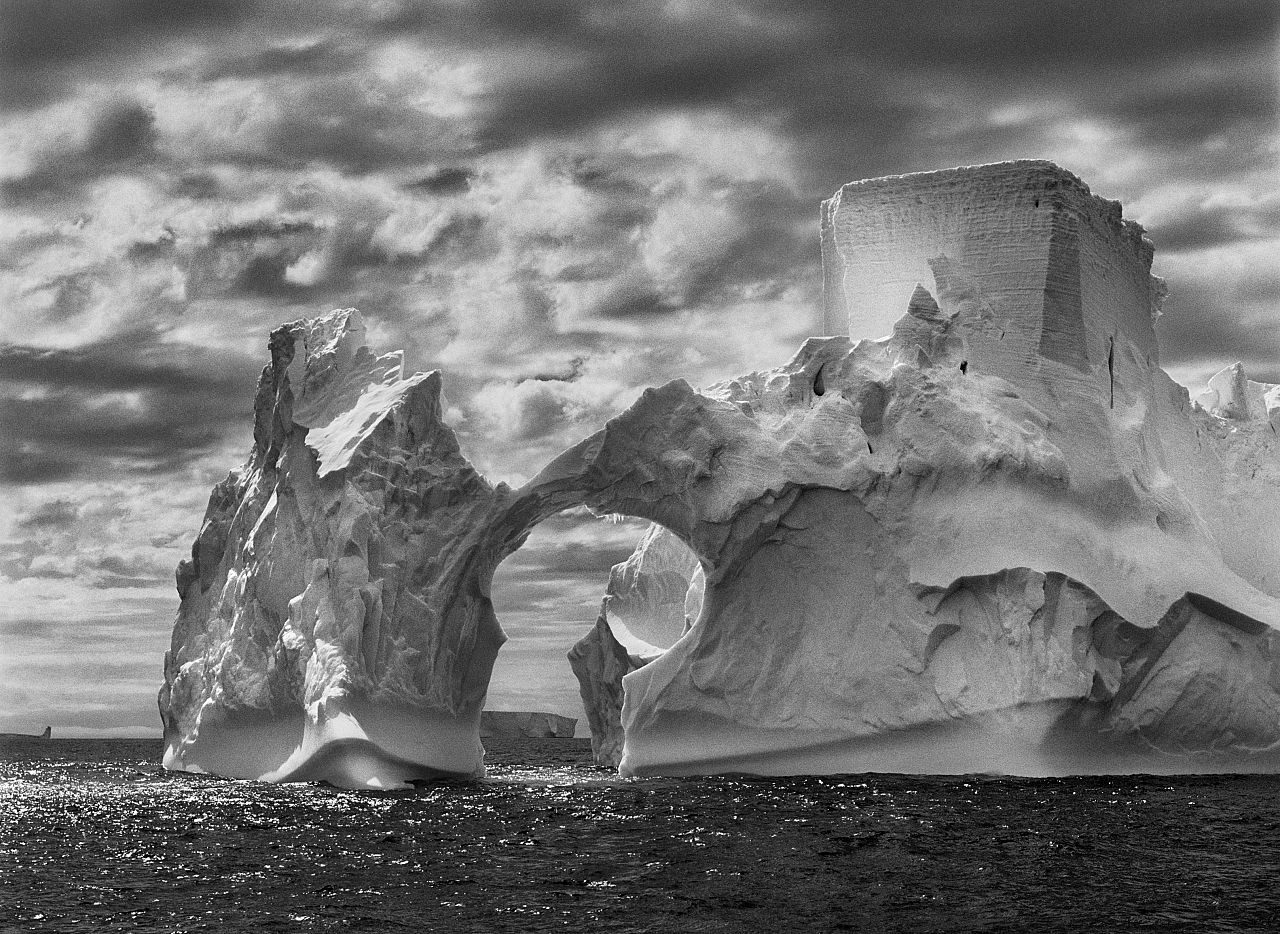Sebastião Salgado's "Genesis": A Giant's Vision of Humanity and Nature
The renowned Franco-Brazilian photographer Sebastião Salgado’s exhibition Genesis traveled around the globe for over half a decade - proof of its widespread appeal as well as the influence of his outstanding creations.
When the impressive exhibition was running, Euronews Culture had the chance to meet up with the photographer. La Sucrière de Lyon , A previously used sugar factory and storage facility that has been transformed into an exhibit area.
Genesis is a photographic tribute to the planet comprising more than 200 black and white photographs. It was the result of eight years work and some 30 trips around the world.
Grown up on a farm in Brazil, Salgado harbored a profound affection and reverence for nature. However, he was equally attuned to how humans are impacted by their frequently harsh socioeconomic circumstances.
Throughout his extensive career lasting multiple decades, he created various pieces of work, including a long-term project. Workers (1993) which chronicled the disappearing livelihoods of manual workers around the globe. Migrations (2000) - a tribute to mass migration driven by hunger, natural disasters, environmental degradation and demographic pressure. And then Genesis , his "affectionate message to the Earth".
Reconnecting with mountains, deserts, and seas
The exhibit emerged from an extensive eight-year journey aimed at uncovering uncharted mountains, deserts, oceans, and the creatures and communities that had thus far remained untouched by contemporary civilization. It showcased landscapes and lifestyles of what could be considered a world as yet pristine. This initiative, alongside the efforts of the Salgados’, Instituto Terra , are dedicated to showing the beauty of our planet, reversing the damage done to it, and preserving it for the future.
Salgado journeyed on foot, small planes, sea-going ships, dugout canoes, and even hot air balloons through intense heat and frigid cold, often in perilous circumstances, to produce a series of photographs capturing the stunning elegance of landscapes, wildlife, and native communities.
Using only black-and-white photography, he created a visual ensemble with such an extreme precision, that even the smallest details seem to infinitely develop.
"As you observe an exhibit like this, Genesis, It’s truly about our planet, the creatures intertwined with it, and humans as well," clarified Sebastião Salgado. "My work continues to focus on humanity. Recently, I concluded seven years dedicated to photographing indigenous groups in the Amazon region. Humans belong to the same category as all living beings; we’re part of the animal kingdom,
Monochrome imagery has turned into the photographer's signature style. He elaborated on his choice to refrain from using color photographs.
"In 1986, I worked on a piece in Brazil that came out in 1987 focusing on a local gold mine. It was due to this story about the gold mine that all magazines reverted to using black and white," he explained.
The narrative was exceptionally powerful, leading major publications to feature it frequently, significantly boosting my profile. This coincided with a significant resurgence of interest in black and white photography. I am deeply thankful for this shift towards monochrome as it prompted me to remain dedicated to black and white work exclusively, without ever revisiting color.
Back to nature
Although the environment is now a priority for everyone, Salgado feels that not much has altered. He thinks humanity must revert to living more naturally and spiritually connect with Earth. According to him, previous attempts to protect our planet have largely failed.
COP 21 occurred in Paris about five years back, and even though various proposals were made, nothing substantial happened," he states. "Can you guess why? It’s because we didn’t include genuine individuals—those connected with the Earth or our planet—in these discussions; instead, it turned into an assembly dominated by city dwellers.
His favorite domain still remains the Amazon. Alongside his wife Leila, who also serves as the curator, 'Genesis , he took on a colossal challenge 20 years ago. He decided to replant the trees that had disappeared from the 750 hectares of his father’s former farm. He wanted to revive the ecosystem in a region hit by deforestation and intensive land use.
"We planted 2.5 million trees, even a little more maybe 2.7 million trees and we are now preparing to plant one million more trees, in addition to those already planted," he explains. "Because, you know, before the land was tired, dead, destroyed and now the land is rich again. It's time to plant trees that will be there for 500 years, 1,000 years, trees that need good soil, and shade to grow."
Sebastião Salgado died on Friday 23 May, 2025. This article was originally published on 20 February 2020.




Post a Comment for "Sebastião Salgado's "Genesis": A Giant's Vision of Humanity and Nature"